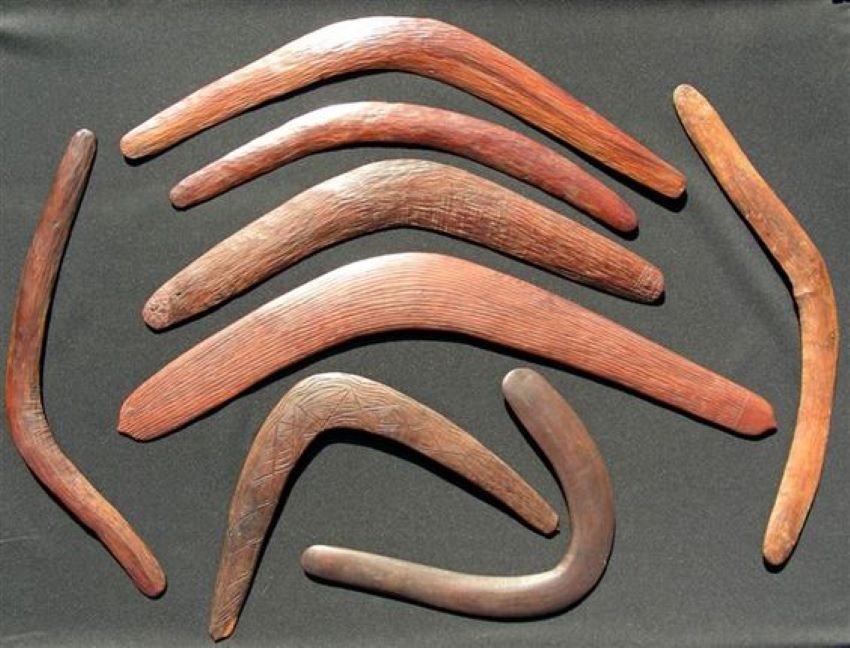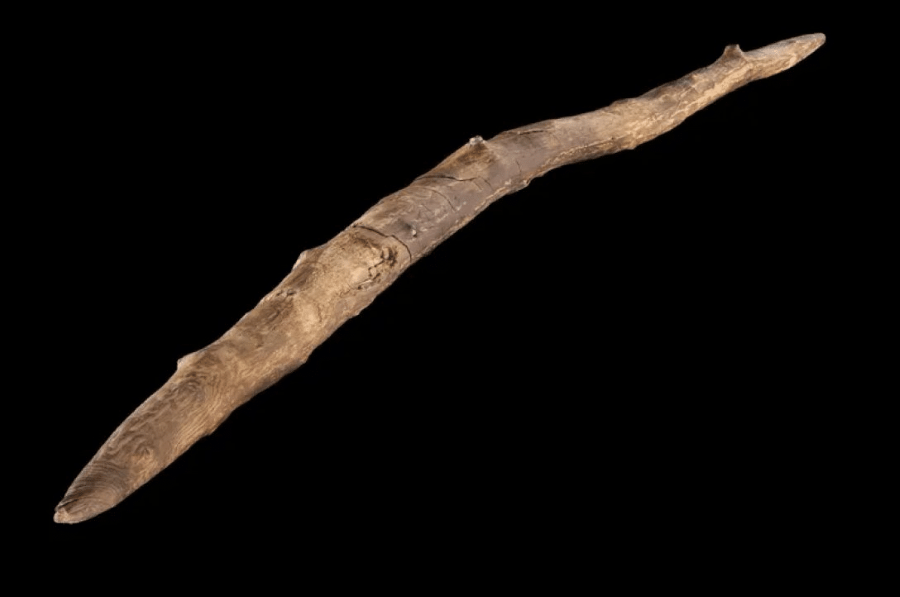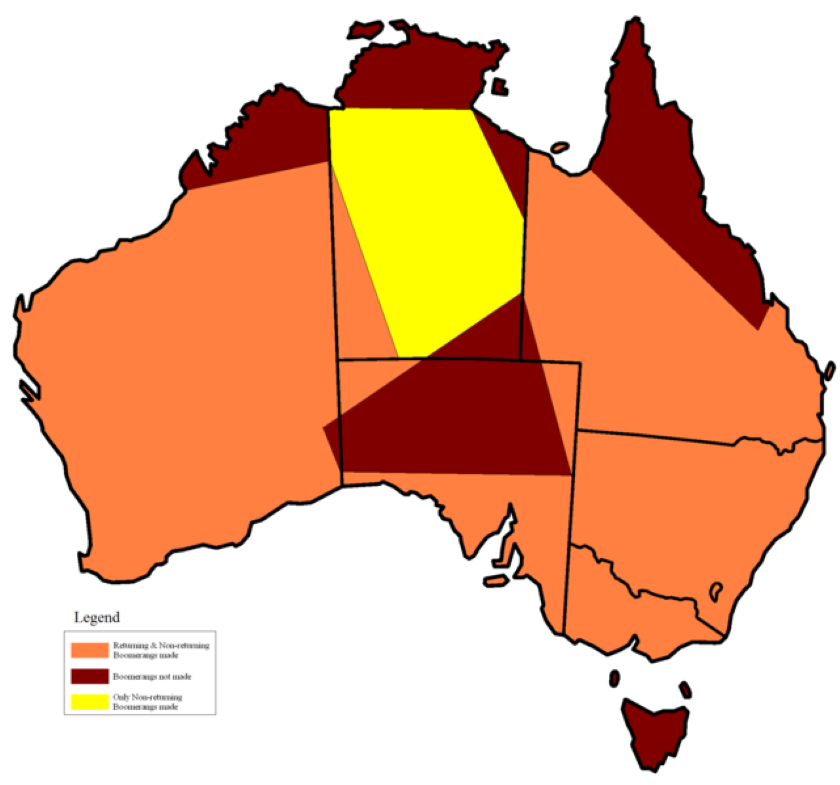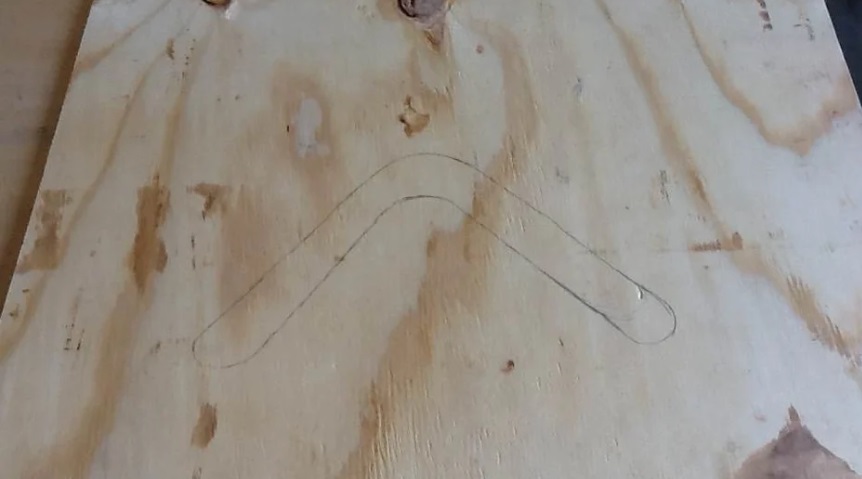In the life of a modern person there is a place not only for high-tech gadgets and smart years, but also for funny artifacts from the past. Yes, these objects may be useless and incomprehensible, but they have some kind of charm so that they are not completely forgotten.
Why do we, for example, need a boomerang? This weapon of the Australian aborigines has long become obsolete. And Australians hunt differently, and hunting itself has turned from a way out of survival into an expensive hobby. But who will solve game problems now with a boomerang in hand? However, this unusual object remains a part of our life: in words with figurative meanings, in proverbs, an emblem, logos, a souvenir.
Brief description
What is a boomerang
How and why did the boomerang appear?
Who invented the boomerang
Do boomerangs always come back?
Why boomerangs are coming back
How to throw a boomerang correctly
How are boomerangs made?
What is a boomerang

Boomerangs have always been associated with Australian Aborigines.
This is the name given to a curved stick. It was believed to have been used by the Australian Aborigines for war and hunting. Initially, a boomerang was created from wood, as the most accessible means at hand, not even in ancient times, but in prehistoric times.
The word “boomerang” itself came from the English language (boomerang), and appeared as a modified wu-muran. It first appears in the dictionary of 1798. The Turuwal tribe of New South Wales called their weapons by this word. Reusable throwing media were decorated with patterns, becoming not only weapons, but also a ritual artifact of ancient culture, for example, everyday life.

The boomerang is a preserved part of Australian culture
Throwing clubs were simple and therefore widespread; ancient people hunted with them. But the improved shape of the product gave it sought-after properties. At a minimum, this helps to increase the throwing range, and at maximum, it helps to return the item for a quick launch. The classic boomerang is a curved flat stick with a length of 30 to 75 cm and a weight of up to 350 grams.
Today, the boomerang is no longer a weapon, a tool for recreation or even small household chores. In boomerang throws they compete for distance, during flight, for accuracy of return, for catching speed, with this they perform tricks and juggle. And since 1970, even world championships in boomerang throwing have been held, both team and non-team.
How and why did the boomerang appear?

Even wooden boomerangs have a wide variety of shapes.
Throwing a stick at a target is very simple, even monkeys use it. People, of course, began to improve the simple world by processing it. It had branches and anything that would interfere with its stable flight removed to make the piece more grippy. It turned out that flat batons fly farther and faster. And sometimes they also come back, which allows them to be reused.
Civilization makes weapons more and more advanced. In most cultures, primitive throwing sticks took the place of more advanced methods of hunting and, for example, war, and the bow. But its application may not have been universal. In the dense jungle it is very difficult to hit the target with an arrow. But a heavier boomerang is better suited for such a hunt. Yes, and it can be used as a hand weapon.

Birds are frightened by an object flying quickly towards them
The boomerang also found other hunting uses. A fast flying object, if it does not directly threaten the birds, that is, by imitating demands. And the already alarmed flocks are driven into nets stretched on the trees. The boomerang turned out to be a multifunctional weapon and was given to ancient man – it could dig the ground, make fire, and create sounds.
But what is even useful for returning a stick from the planet? If the boomerang hits the target as intended, it will not come back. Catching a weapon while hunting is not very convenient – you have to wait, there is a risk of getting injured or hitting another person. And the stick can always be found later. So there is no need to talk about return as the main property of a boomerang. That’s why it gained an additional useful function.
Who invented the boomerang

The ancestor of the boomerang is a processed stick, such hunting was carried out by the ancestors of people more than 100 thousand years ago.
The boomerang is associated with the Australian Aborigines, but they did not invent it. It is impossible to even say for sure that this object appeared in culture. Traces of a boomerang, a curved throwing stick, are found in different places and at different times.
In France, cave paintings of boomerangs were found, drawn these 50 thousand years ago. The oldest natural boomerang was found in the Carpathians. 30 thousand years ago, an ancient man built this weapon from mammoth ivory. The oldest copy of the chapel reads “only” 10 thousand years old. But similar ancient processes are also observed in Europe.

Boomerangs were also found in the tomb of Tutankhamun.
They didn’t start teaching boomerangs in Australia either. So, in Ancient Egypt this weapon was quite popular – a whole collection of it was found in the tomb of Tutankhamun in Nice. There were also returning boomerangs.
For archaeologists and ethnographers, the use of similar curved throwing clubs in African countries, Babylonia, India, and tribes in the southern United States is not a sensation. In Ancient Greece there was a throwing weapon, the lagobolon, for hunting hares, and Roman chronicles record the careful use of the summer weapon cateia by the Celts and Gauls.
Do boomerangs always come back?

Boomerangs have evolved, improving their properties.
Initially, the very principle of throwing weapons did not mean its return. Combat boomerangs are clean. The flight at the end set the goal of hitting the target: production or destruction. And the weight of the ally ensures its effectiveness. Such boomerangs were also heavier, more fragile, and could have hooks at the end.
Even within Australia itself, return boomerangs were popular in the eastern and western parts of the continent, while simpler versions were used throughout the continent. And the returning variant most likely appeared from boomerangs that deviated in flight. People noticed this and decided to use this opportunity by choosing the form and technique of throwing weapons.
Why boomerangs are coming back

Even in Australia, returning boomerangs were not used everywhere. Yellow indicates areas where non-returnable boomerangs were used, and burgundy where boomerangs were not used at all.
With its shape, a boomerang resembles a wing – small, flat and slightly curved on top. This airfoil gives the object lift and ensures stable flight. Even a boomerang simply thrown down will not fall flat, but will try to spin, for example, like a maple seed. The curved shape and blades make a boomerang appear.

A boomerang can have different flight trajectories
If you throw it correctly with your right hand, the boomerang will fly to the left in flight, tilting and, as a result, sharply rising up to the right. The inclination will change, and the object itself will begin to glide towards the throw site with a decrease. And if you don’t catch him, he will repeat the same figure, but in the other direction and of a smaller size. The trajectory may resemble an oval, a figure eight, or even a spiral.
This boomerang trajectory is represented by subtle gyroscopic precession. The upper wing moves in the direction of the throw, then the lower wing moves in the opposite direction. This gives the upper wing more lift. The difference between applications forms the torque. It influences the flight path and directs the boomerang back to the point of departure.
How to throw a boomerang correctly

Without throwing the boomerang, do not prevent it from meeting the flight.
You need to throw a boomerang in an open area with energetic hand movements; you can even run up a little to give momentum. The thrower must hold the object by one end, fixing it above and behind the shoulder, with the concave edge forward. The boomerang must be thrown so that its flat side faces vertically away from the thrower.
Additional momentum during a throw is also given by the movement of the wrist. The correct throw and special shape give the boomerang its unusual flight path. When flying, an object can rise vertically to a height of up to 15 meters. Changing the angle of the throw affects the trajectory, both the strength and direction of the wind. And you need to catch the object by clapping your palms when it has already clearly slowed down.
How are boomerangs made?

The first step to making a wooden boomerang
The very first boomerangs were made from the most readily available material – wood. Today, other, more efficient materials are available: plastic, carbon fiber, fiberglass. Plastic boomerangs are the cheapest and most readily available, while fiberglass improves accuracy and range over the ground.
The tree was not forgotten either. The material can serve as a single piece of clothing with curves, as well as plywood and composite. By combining different types of wood and materials, a boomerang can be given a beautiful look – today it is no longer a weapon, a tool for recreation and entertainment, or even a decorative element.

Optimal boomerang profile
You can even make a boomerang yourself by taking high-quality plywood and then cutting out a part from it according to the sketch. And then the wood is processed with a file and sandpaper. After the product becomes smooth, it can be primed, covered with paint and varnish, and decorated with wooden elements. The shape of the boomerang itself is not particularly complex, so making it is not a prohibitive fabric, becoming a hobby for many.
Source: Iphones RU
I am a professional journalist and content creator with extensive experience writing for news websites. I currently work as an author at Gadget Onus, where I specialize in covering hot news topics. My written pieces have been published on some of the biggest media outlets around the world, including The Guardian and BBC News.










